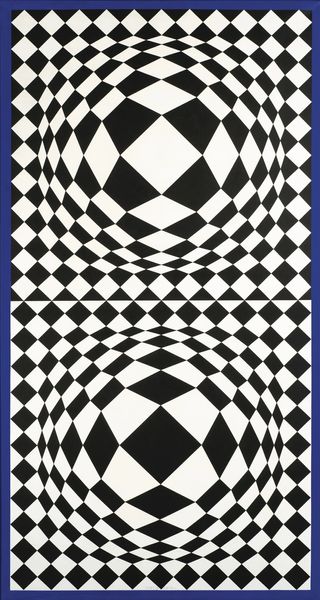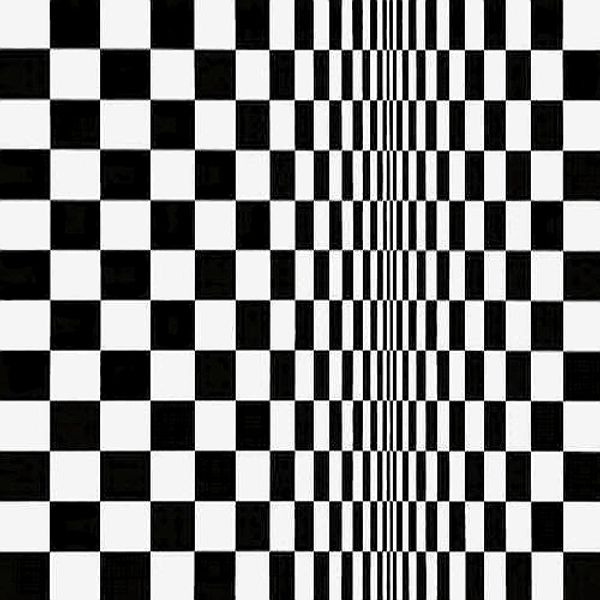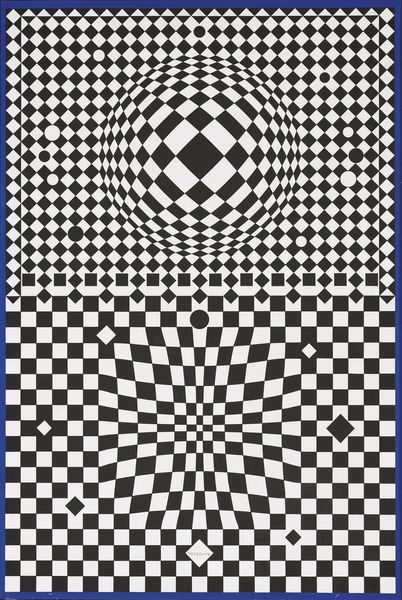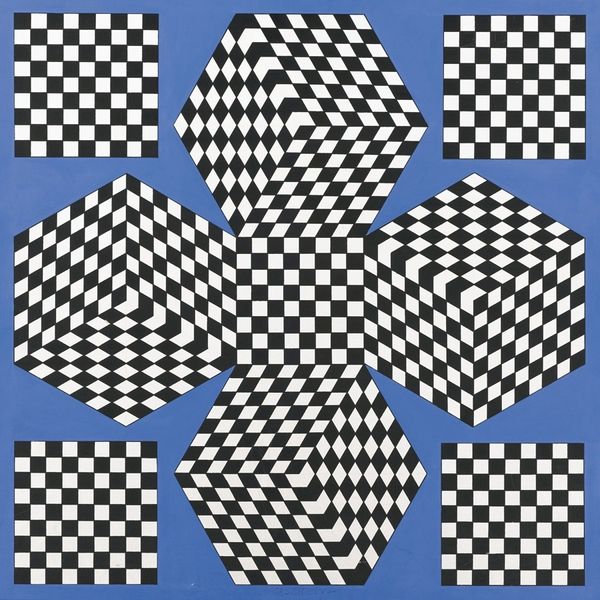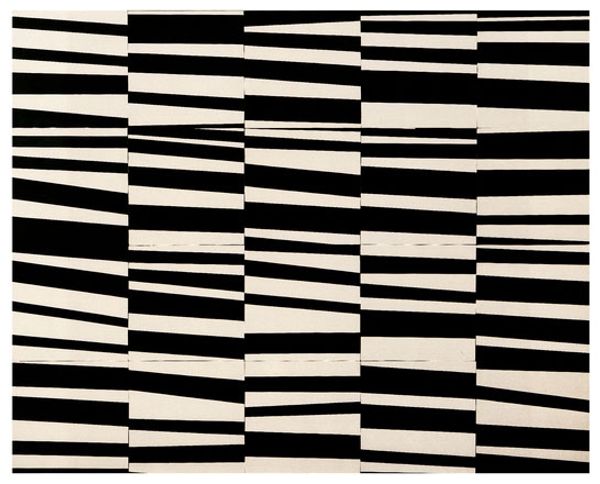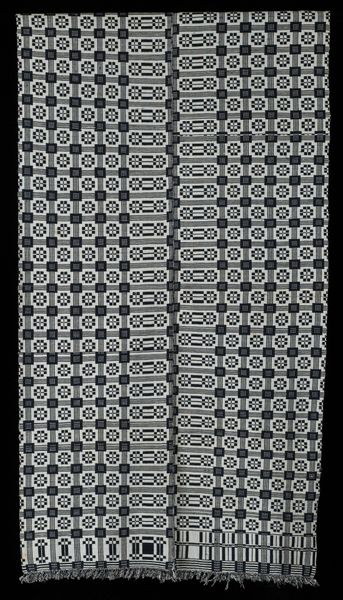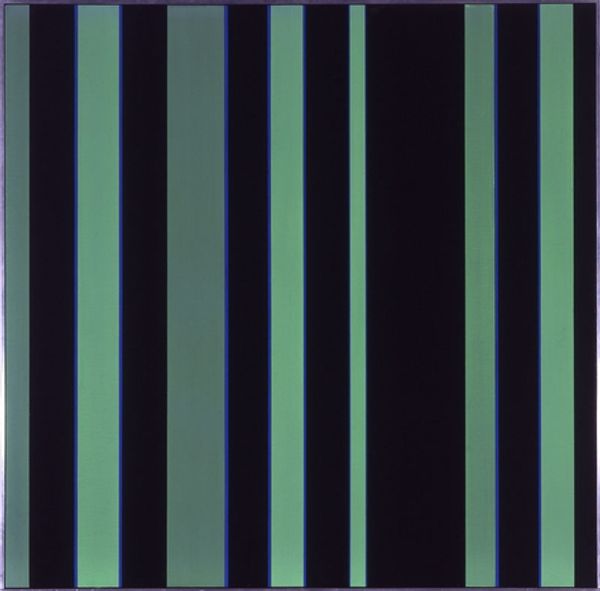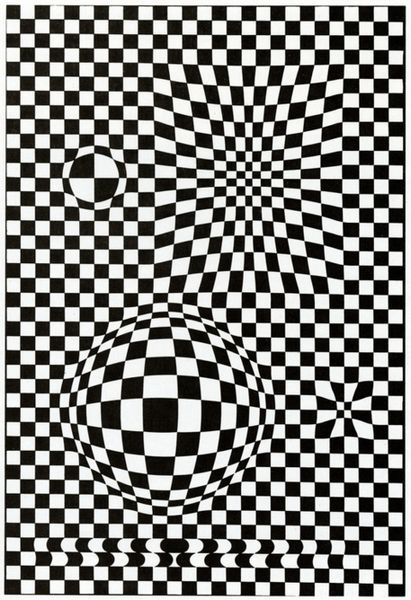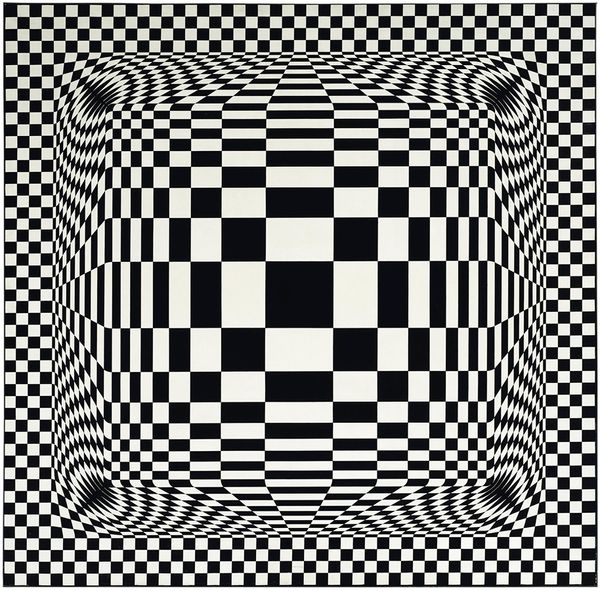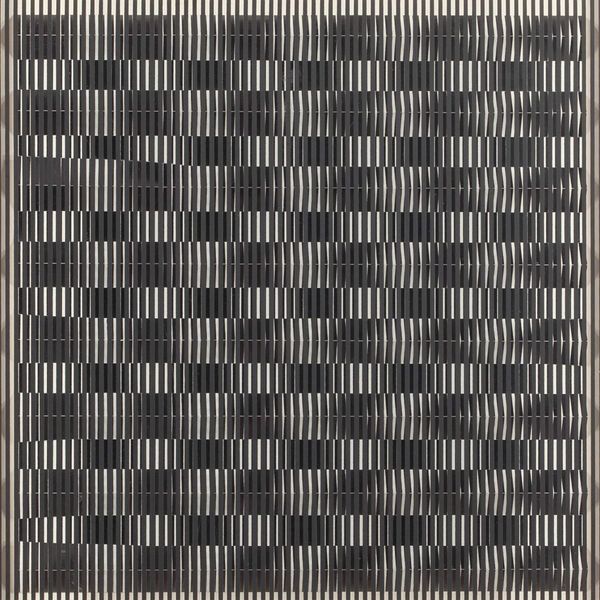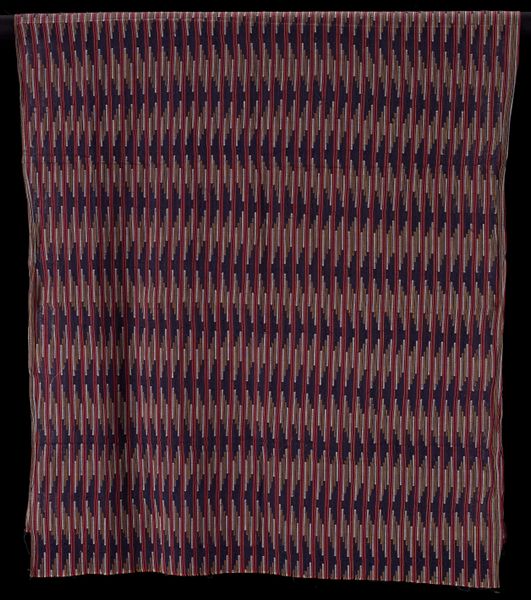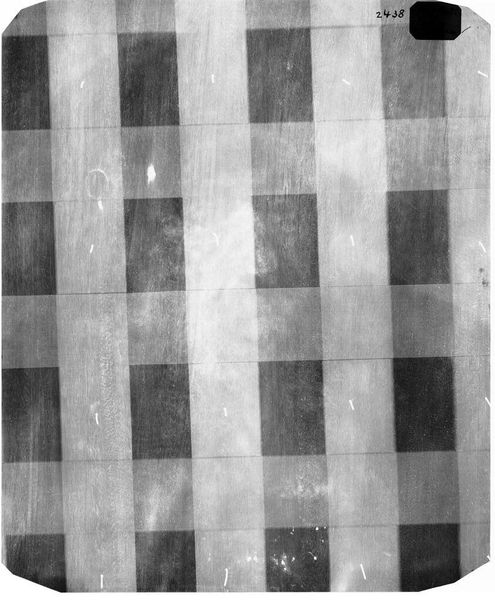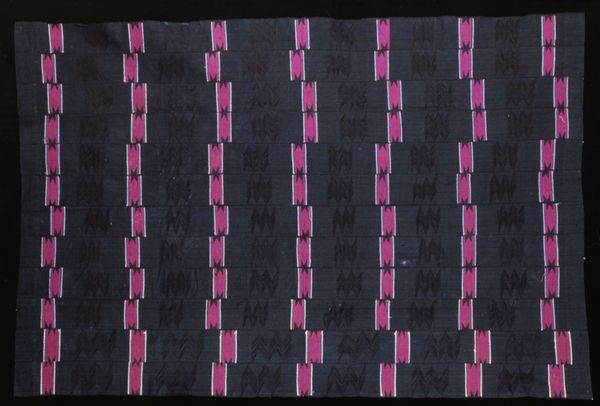
weaving, textile
#
african-art
#
weaving
#
textile
#
geometric
Dimensions: 55 x 81 1/2 in. (139.7 x 207.0 cm)
Copyright: Public Domain
Editor: This is "Wrapper," a weaving from the 20th century, by Djege Coulibaly. It strikes me as both ordered and spontaneous, almost like a musical score. How do you interpret this work? Curator: I see it as a powerful example of how textiles can carry deep cultural and political weight. "Wrapper," is a deceptively simple term for a garment that signifies so much about identity, status, and even resistance, especially in African contexts. Do you notice the geometric patterns, the warp and weft coming together? Editor: Yes, it's very deliberate. The blocks of indigo and white create this dynamic rhythm, and then you have these vertical stripes disrupting the grid. Curator: Exactly! Those disruptions are key. In many West African societies, textiles were, and are, a form of visual communication. The patterns, colors, and weaving techniques can tell stories about lineage, religious beliefs, or social standing. Indigo, especially, carries a lot of symbolic weight. Do you think the intentionality disrupts expectations of uniformity, perhaps reflecting complex social narratives? Editor: That’s fascinating. So, it's not just a pretty pattern; it's a statement. I guess I was focusing too much on the aesthetic appeal. Curator: Precisely, and it challenges the Western art historical tendency to separate "art" from "craft." It asks us to consider how art can be both beautiful and deeply embedded in the everyday lives and power dynamics of a community. Thinking about who made it, for whom, and under what circumstances becomes essential. Editor: I hadn't considered the perspective of power dynamics within textiles. Thank you! Curator: Absolutely, it’s a good reminder that art is rarely just about what's on the surface.
Comments
minneapolisinstituteofart about 2 years ago
⋮
Archeological finds from the Tellem caves in Mali show that strip woven fabrics have been an important part of West African tradition for well over a thousand years. Indigo blue and white weft faced cotton blankets such as this appear to have been part of the aesthetic traditions since the 11th century and evidence indicates that until the successful efforts by colonial powers to subvert local cultivation, West Africa was one of the major world centers of cotton cultivation.
Join the conversation
Join millions of artists and users on Artera today and experience the ultimate creative platform.
